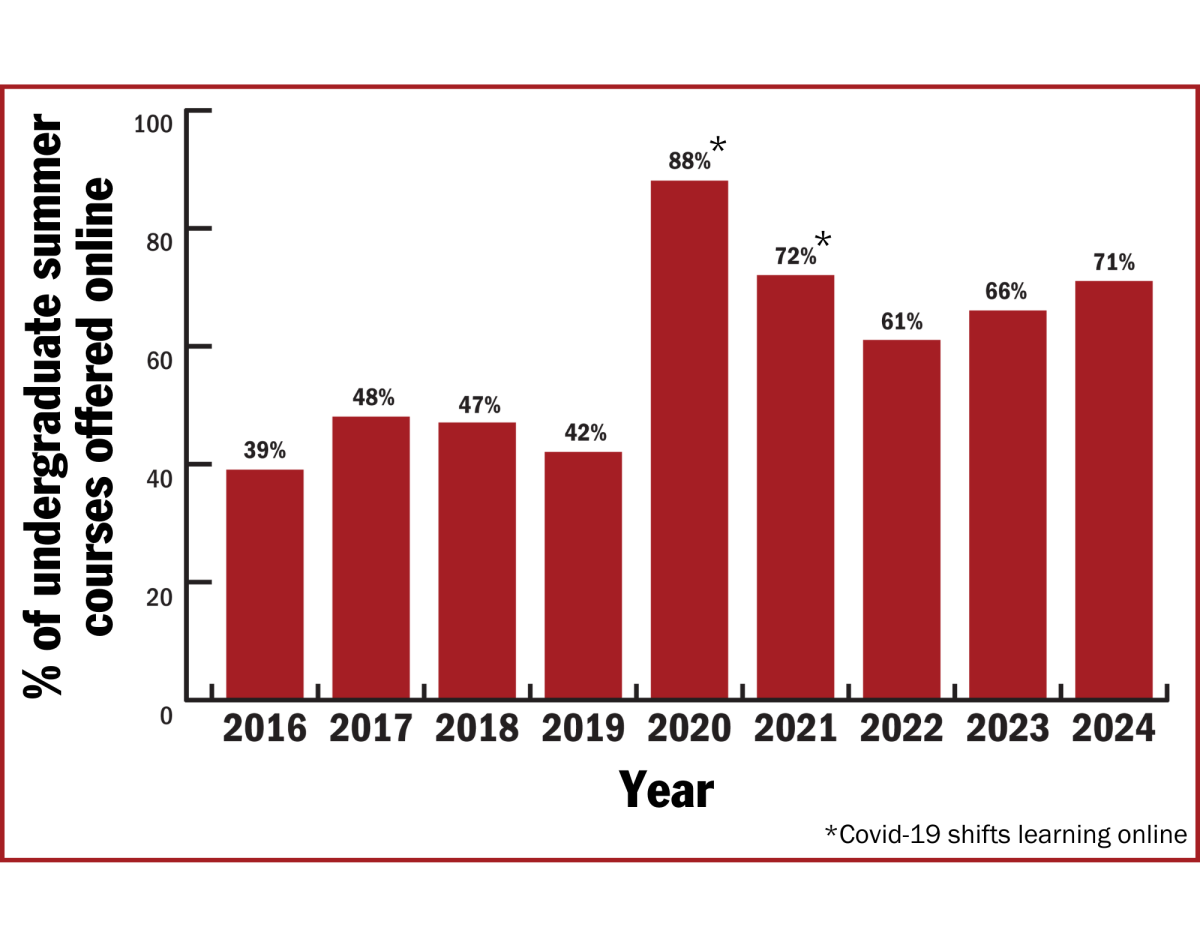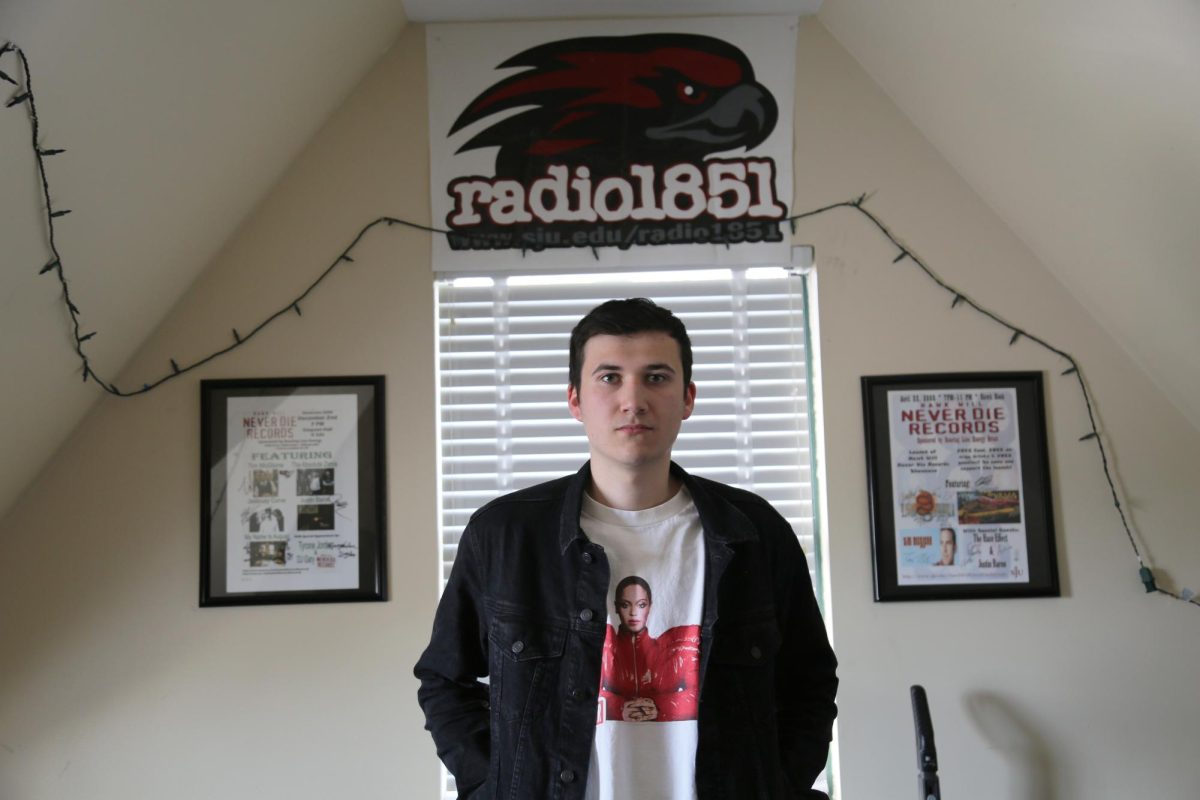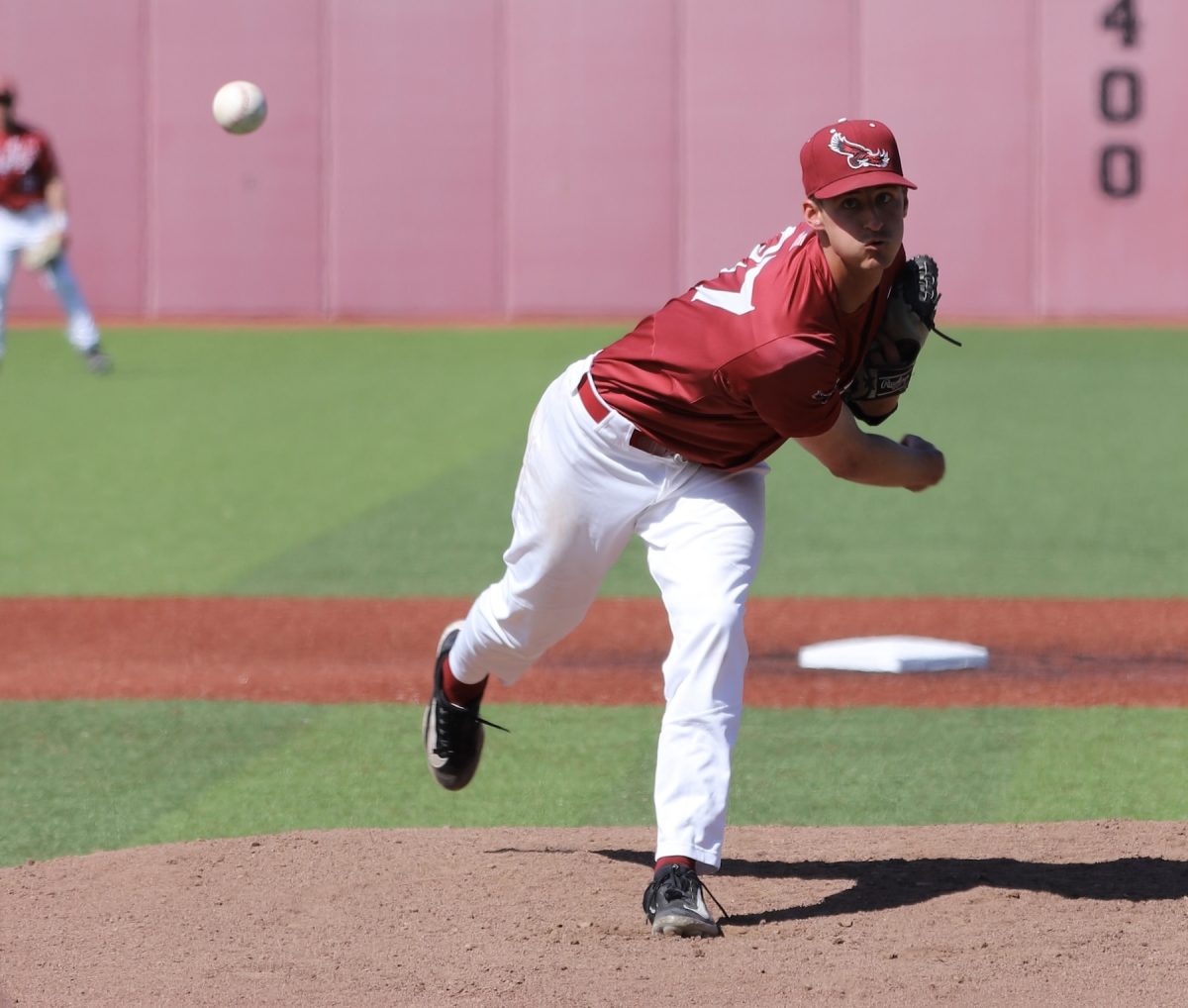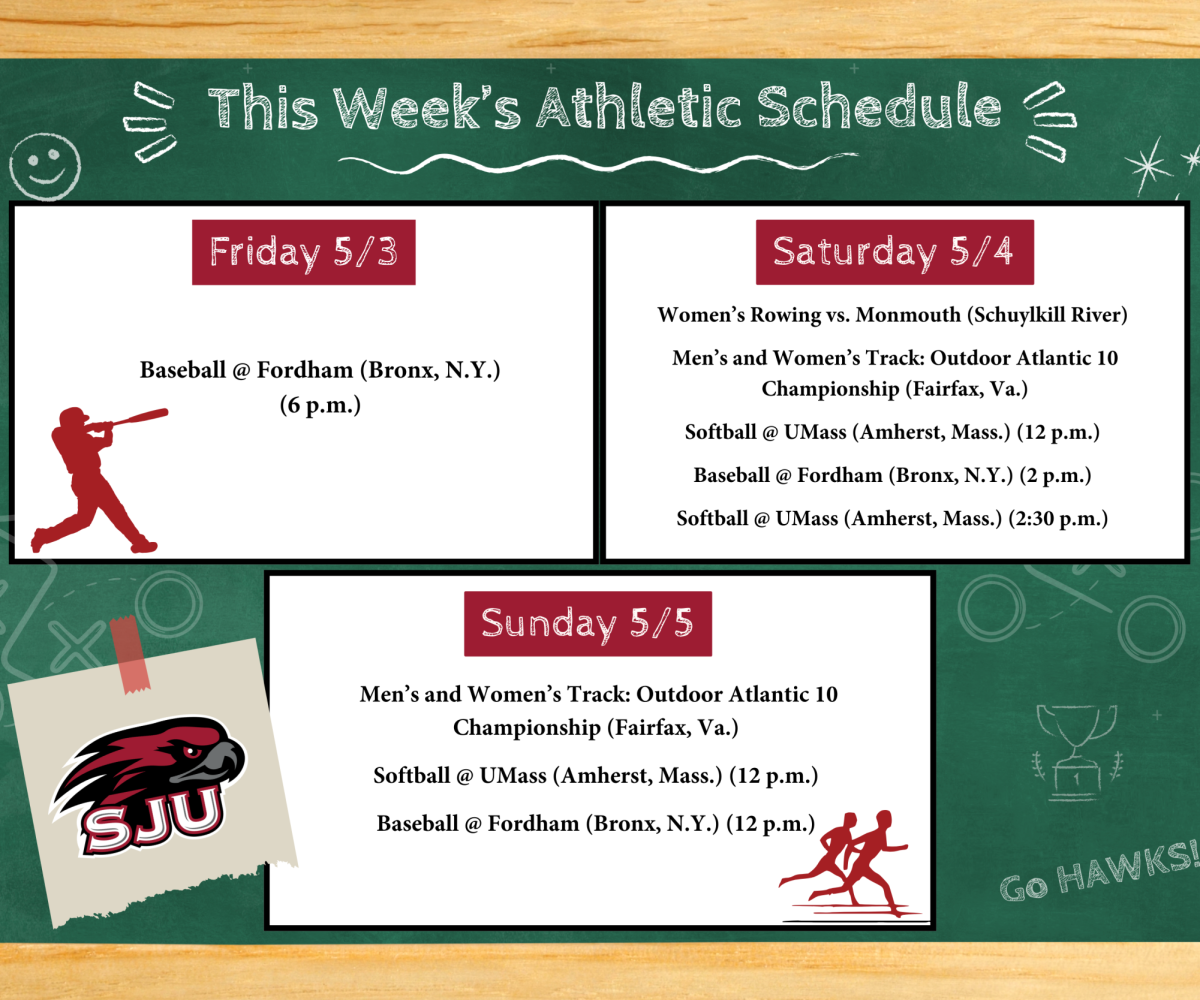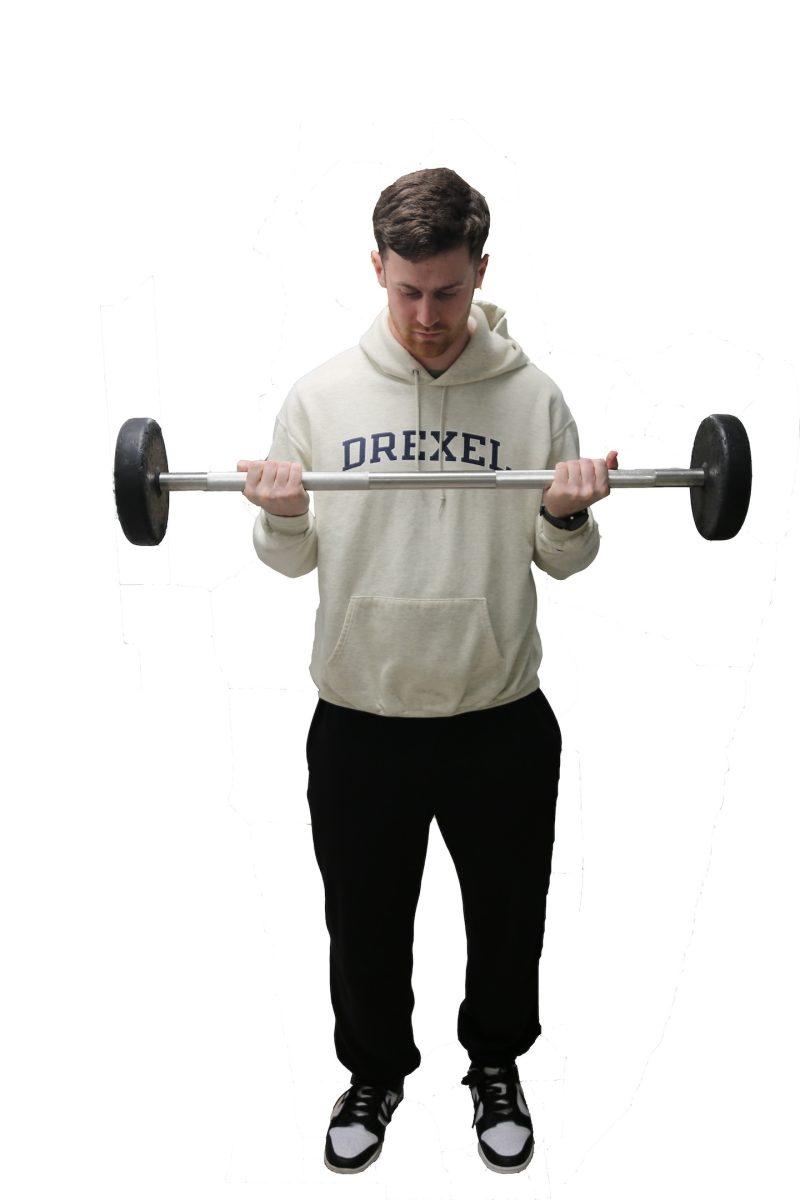At the end of last semester, I was in a rut. I was not studying effectively, and every time schoolwork came up, I sacrificed exercise to tend to studying.
I needed to better balance the two sides of my well-being.
That is when I came across Andrew Huberman, Ph.D., associate professor of neurobiology at Stanford University. A respected contributor to brain development and function, Huberman reaches over 5 million followers on his Instagram page. He also hosts the “Huberman Lab” podcast, where he reviews studies and research on various topics and gives free expert advice.
Huberman practices what he preaches. He reviews research on how to keep and maintain energy throughout the day for peak energy and peak performance. This is his morning routine:
6:30 a.m.: Wake up.
6:35 a.m.: Drink daily green supplement.
6:40 a.m.: One to three-minute cold shower.
6:50 a.m.: Centered meditation.
7 a.m.: 10 minutes of sunlight.
7:20 a.m.: Strength workout.
8:30 a.m.: First serving of caffeine.
11 a.m.: Eat breakfast.
I decided to follow Huberman’s morning routine for five days during the school week, looking to increase overall productivity.
On the first day of my experiment, the alarm rang loud to a completely silent house at 6:30 a.m. After I hit snooze, I went directly downstairs to mix my athletic greens supplement. I used the Greens Blend from Amazing Grass, priced at around $30, as it fulfills a daily serving of fruits and vegetables. It’s not the greatest-tasting supplement, so I drank it quickly.
Now for the most difficult part: the cold shower. I cannot express how difficult the cold exposure element was for me. My idea of a good shower is to relax in the heat, so entering the shower in freezing conditions was shocking. Once the water hit my body, I could not catch my breath. I needed to know what 90 seconds was, so I played the song “Lil Boo Thang” by Paul Russell. The high energy helped me battle through the intense cold.
Huberman has seen the effects of deliberate cold exposure, citing a 2.5x increase in dopamine that lasts throughout the day and an increase in metabolism.
Todd Bennett, Psy.D., director of clinical training at the Center for Assessment and Treatment in New Jersey, experienced cold exposure training with Wim Hof, famously referred to as @iceman_hof on Instagram, with 3.5 million followers.
Although with only anecdotal evidence so far, Bennett said he sees the value of cold exposure, at least in his individual experience.
After changing into some comfortable workout clothes and warming myself up, I did some key meditation. Meditation has been fairly consistent in my original routine, so it was a familiar way to center and begin the day.
Bennett has seen meditation as a positive tool to use for mental health conditions.
“I would imagine it would activate a parasympathetic nervous system because you are kind of slowing things down,” Bennett said. “You’re calmer, you are more intentionally engaging in things in your life.”
Morning sunlight was a great way for me to wake up naturally and be fueled by the sun’s energy. Walking around the block once the sun came up early in the morning, roughly around 7 a.m., gave me the sunlight Huberman recommends. Then, it was time for the gym.
Traditionally, I go to the gym around 5 p.m. Now, I was attending the gym with the breakfast club, looking to start my exercise before 7:30 a.m.
Roman Apostol ’22 exercises consistently in the morning and always speaks to its positive effects on him.
“I think from a workout and a progress standpoint, working out on just your raw energy gives you a good gauge of where your authentic strength and durability is when it comes to weightlifting,” Apostol said.
Plenty of times in my life, I felt dependent on a dose of caffeine to get through a workout. Monday was a difficult lift, having no food in my body or caffeine to boost my energy.
Later in the week, though, I hit a groove in the gym, feeling entirely awake to start my lift.
I also had to get used to intermittent fasting, which involves not eating for a certain period of time. For example, some will choose a six hour or eight hour feeding window where the individual can eat for that time frame, and can only drink water for the other hours of the day. Intermittent fasting is not recommended for those who have experienced disordered eating.
To follow this part of Huberman’s suggested routine, I ate only in an eight-hour feeding window from 11 a.m. until 7 p.m. The urge to satisfy my hunger in the late evening hours became overwhelming, but when I did not indulge, it was a great success later in the week as I became accustomed to it.
Patrick Davitt, Ph.D., associate professor and acting chair of St. Joe’s health sciences department, said it’s normal to struggle in the beginning.
“You’re going to have an initial adjustment period where you’ll probably feel lethargic, you might have some hunger, cravings, things like that initially,” Davitt said.
At the end of five days, I found myself feeling more energetic and more productive. Thanks to Huberman’s routine, I didn’t have to sacrifice exercise for studying after all.

